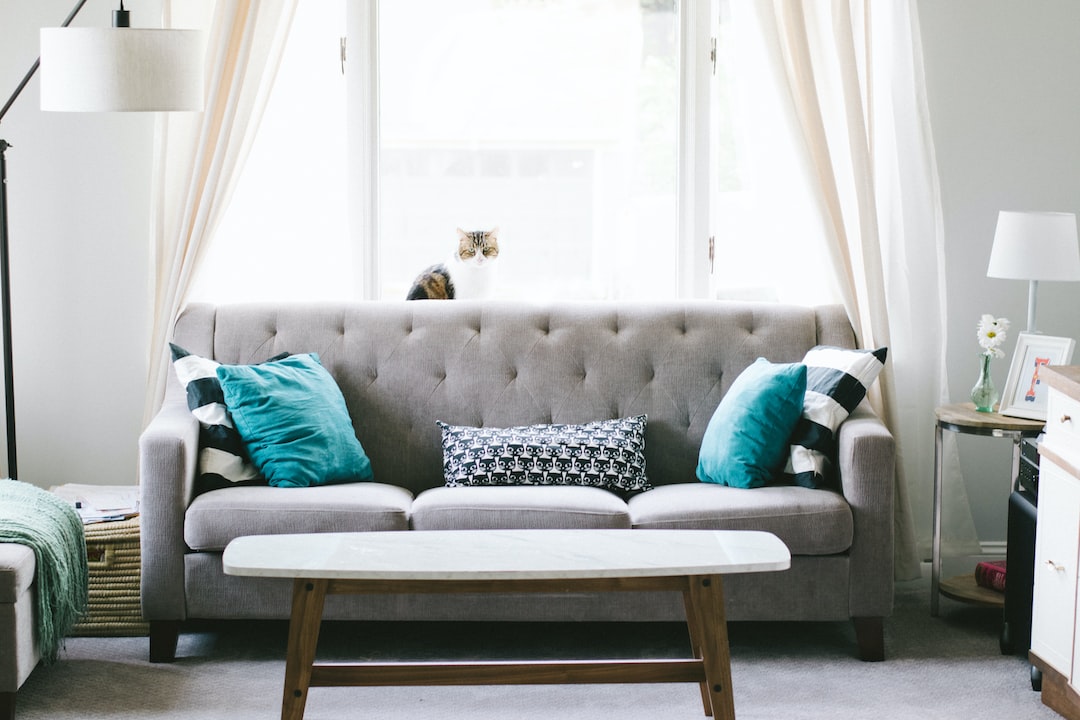The Pros and Cons of Buying a New Construction Home
When it comes to buying a home, there are two main options: buying an existing home or buying a new construction home. While both choices have their advantages and disadvantages, in this blog post, we will focus on the pros and cons of buying a new construction home.
Pros:
1. Customization: One of the most significant advantages of buying a new construction home is the ability to customize it to your liking. In many cases, you can choose everything from the floor plan to the paint colors and fixtures. This gives you the opportunity to create a home that perfectly suits your taste and lifestyle.
2. Modern features and technologies: New construction homes typically come equipped with the latest features and technologies. From energy-efficient appliances to smart home systems, these homes are built with modern standards in mind, making them more sustainable and cost-effective in the long run.
3. Warranty and less maintenance: Another advantage of buying a new construction home is the warranty that often comes with it. With an existing home, you may have to deal with unforeseen repairs and maintenance, which can be expensive and time-consuming. In contrast, new construction homes are built with quality materials and are less likely to have these issues. If any problems do arise, they are often covered by the builder’s warranty, giving you peace of mind.
4. Energy efficiency: New construction homes are built with energy efficiency in mind. They often include features such as improved insulation, high-efficiency HVAC systems, and energy-efficient windows, which can lead to significant savings on monthly utility bills. Additionally, many new homes are designed to meet or exceed green building standards, reducing their impact on the environment.
5. Community amenities: New construction homes are often part of planned communities that offer a range of amenities such as parks, playgrounds, swimming pools, and fitness centers. These amenities can enhance your quality of life and provide convenient recreational opportunities for you and your family.
Cons:
1. Higher upfront costs: The main downside of buying a new construction home is the higher upfront cost compared to buying an existing home. New homes often come with a premium price tag due to the latest features, customization options, and the reputation of the builder. Additionally, buying a new construction home can entail additional expenses such as landscaping and window coverings, which may not be included in the base price.
2. Limited location options: New construction homes are typically located in suburban areas or newly developed neighborhoods. If you have a specific location in mind, such as a desirable downtown area or a well-established neighborhood, your options for buying a new construction home may be limited. This can be a disadvantage if location is a top priority for you.
3. Construction delays: Building a home from scratch involves various factors that can cause delays. Weather conditions, labor shortages, or obtaining permits can all contribute to delays in the construction process. This can be frustrating, especially if you have a set timeline in mind or need to coordinate the sale of your current home.
4. Lack of character and established neighborhood: Some people appreciate the charm and character of older homes and established neighborhoods. New construction homes, on the other hand, may feel more generic and lack the unique features and character found in older homes. Additionally, new construction neighborhoods often lack the established trees, landscaping, and sense of community that come with older neighborhoods.
5. Unknown neighborhood dynamics: When buying a new construction home, you may have limited information about the neighborhood and its future development. This can make it harder to gauge the long-term value and desirability of the area. Researching the reputation of the builder and the planning in the area can help mitigate this risk.
In conclusion, buying a new construction home offers numerous advantages such as customization options, modern features, and energy efficiency. However, it also comes with potential downsides like higher upfront costs, limited location options, delays in construction, and less established neighborhoods. Ultimately, the decision will depend on your personal preferences, priorities, and financial situation.

